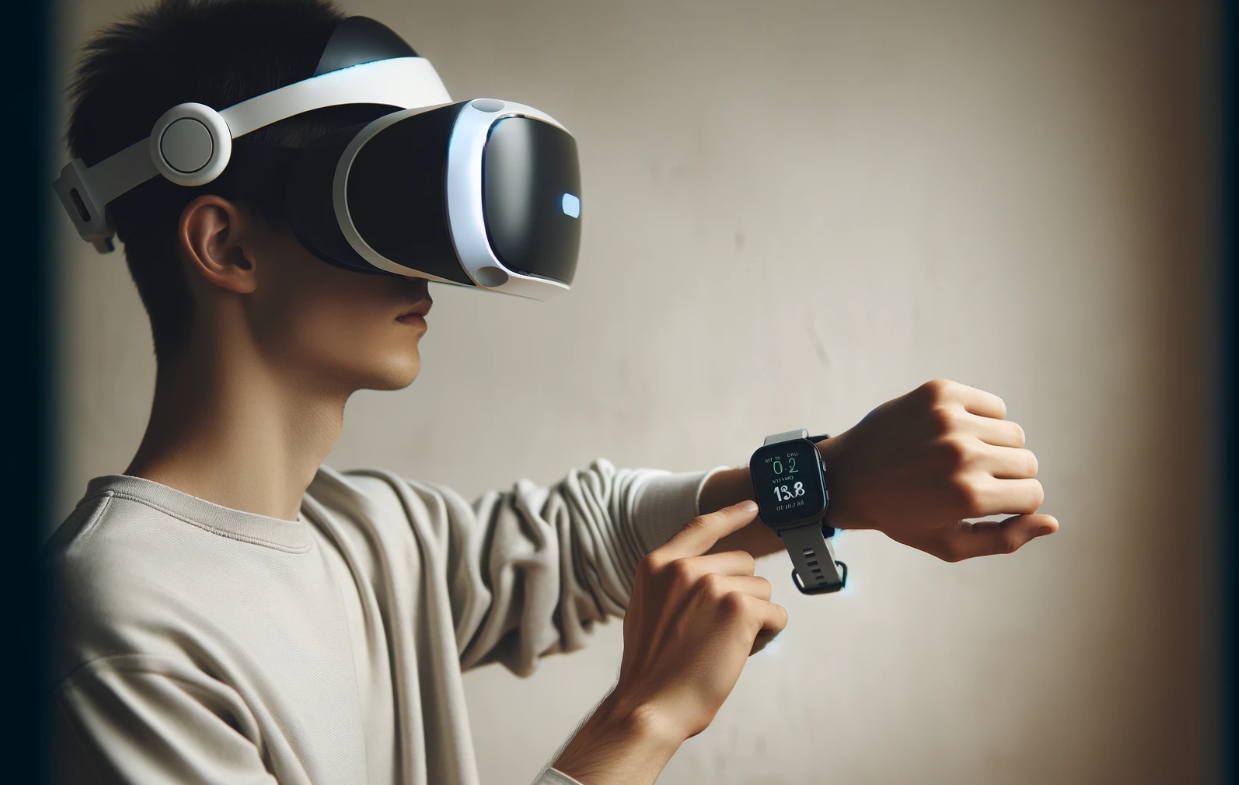The tech industry buzzes with anticipation as rumors about the release of Wear OS 5 intensify. This upcoming version promises significant upgrades over its predecessors, focusing on enhancing user experience with improved battery life and a more intuitive interface. As tech enthusiasts await official announcements, speculation and expectations around new features that could redefine smartwatch utility find fertile ground. This release could potentially set new standards in wearable technology, merging style with high functionality.
Historical Context and Ongoing Developments
Over the years, the evolution of Google’s Wear OS has reflected broader trends in the tech industry, particularly in the wearable sector. Previous iterations of Wear OS have pivoted towards more health-oriented features and tighter integration with other Google services. As competitors like Apple Watch and Samsung Galaxy Watch introduce advanced health monitoring and longer battery life, Wear OS 5 is expected to address these competitive pressures by introducing similar, if not superior, functionalities. This version aims to bridge the gap in user experience and device integration that critics have cited in earlier versions.
Comparative Insights from Recent Articles
Engadget in their article “Smartwatch Wars: A New Hope with Google’s Updates” and The Verge in “Wear OS: Redefining Connectivity in Wearables” both recently discussed the evolving landscape of smartwatch technology. Engadget highlighted the growing consumer demand for devices that offer both style and substantive health features, while The Verge focused on the potential for increased device ecosystem integration in upcoming releases. Both articles underscore a market driven by consumer desire for multifunctional devices, setting a challenging yet exciting backdrop for the release of Wear OS 5.
Scientific Viewpoint on User Interaction
A recent study published in the Journal of Mobile Technology in Medicine titled “User Interaction Trends in Smart Wearables” sheds light on user behavior patterns with smartwatches. The study notes that user satisfaction significantly correlates with interface intuitiveness and battery efficiency. Findings suggest improvements in these areas could substantially elevate the market position of newer models like Wear OS 5, indicating a user-centric approach in design could be pivotal for its success.
Practical Takeaways from Upcoming Technology
- Wear OS 5 likely to extend battery life significantly.
- Enhanced health monitoring features expected.
- Improved integration with smartphones and other devices anticipated.
As Google gears up to possibly unveil Wear OS 5, the tech community and potential users keenly await its final features and capabilities. This release not only needs to match up to its competitors in terms of technology but also needs to surpass them to reclaim a larger share of the wearable market. By focusing on user-centric improvements, Google could address the longstanding critiques of Wear OS’s performance issues and app ecosystem. The success of Wear OS 5 could significantly influence Google’s standing in the wearable industry, making this one of the most critical releases for the tech giant in recent times.










